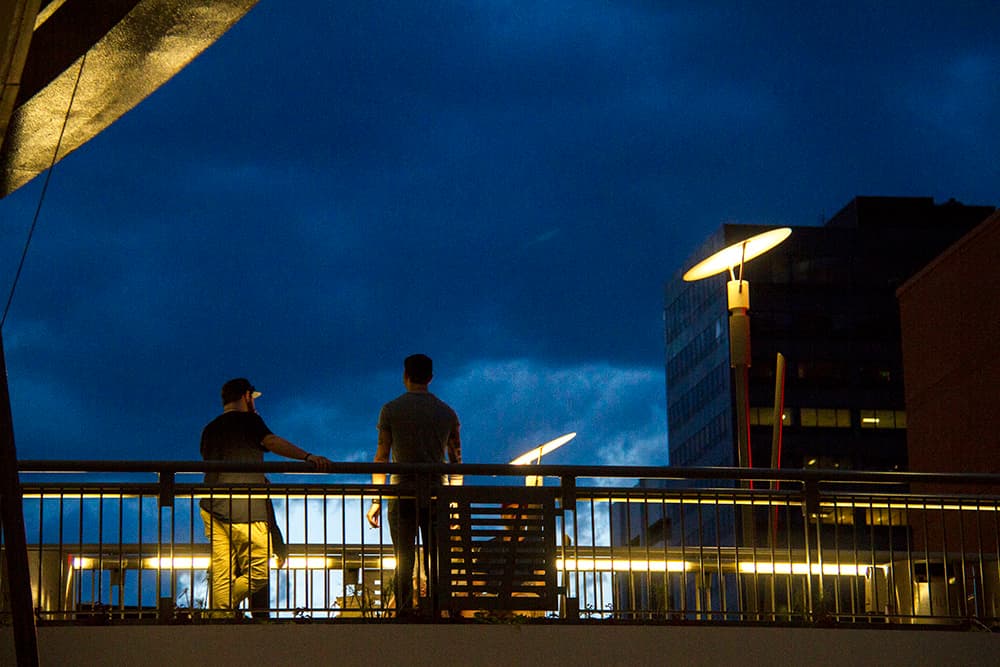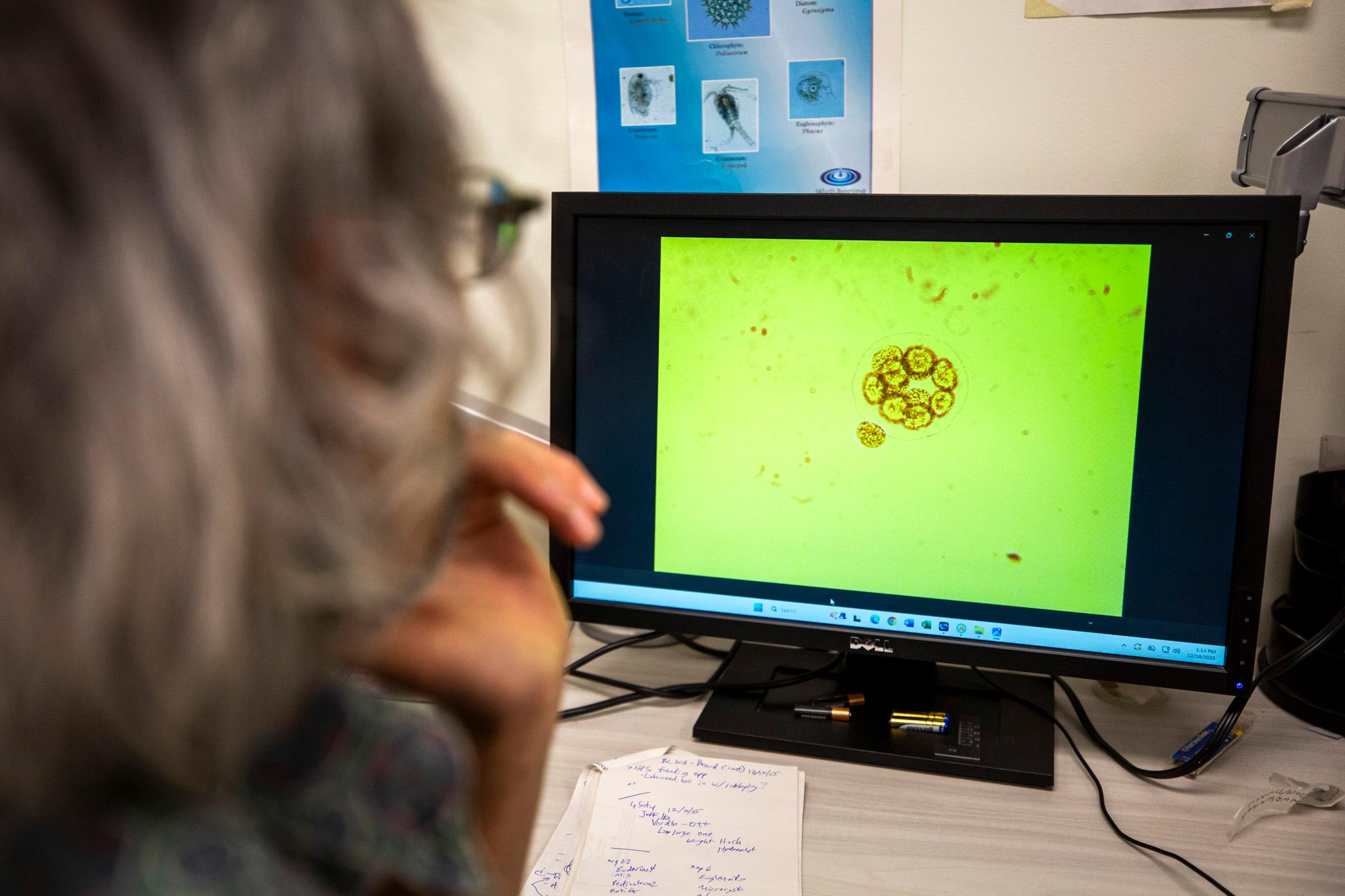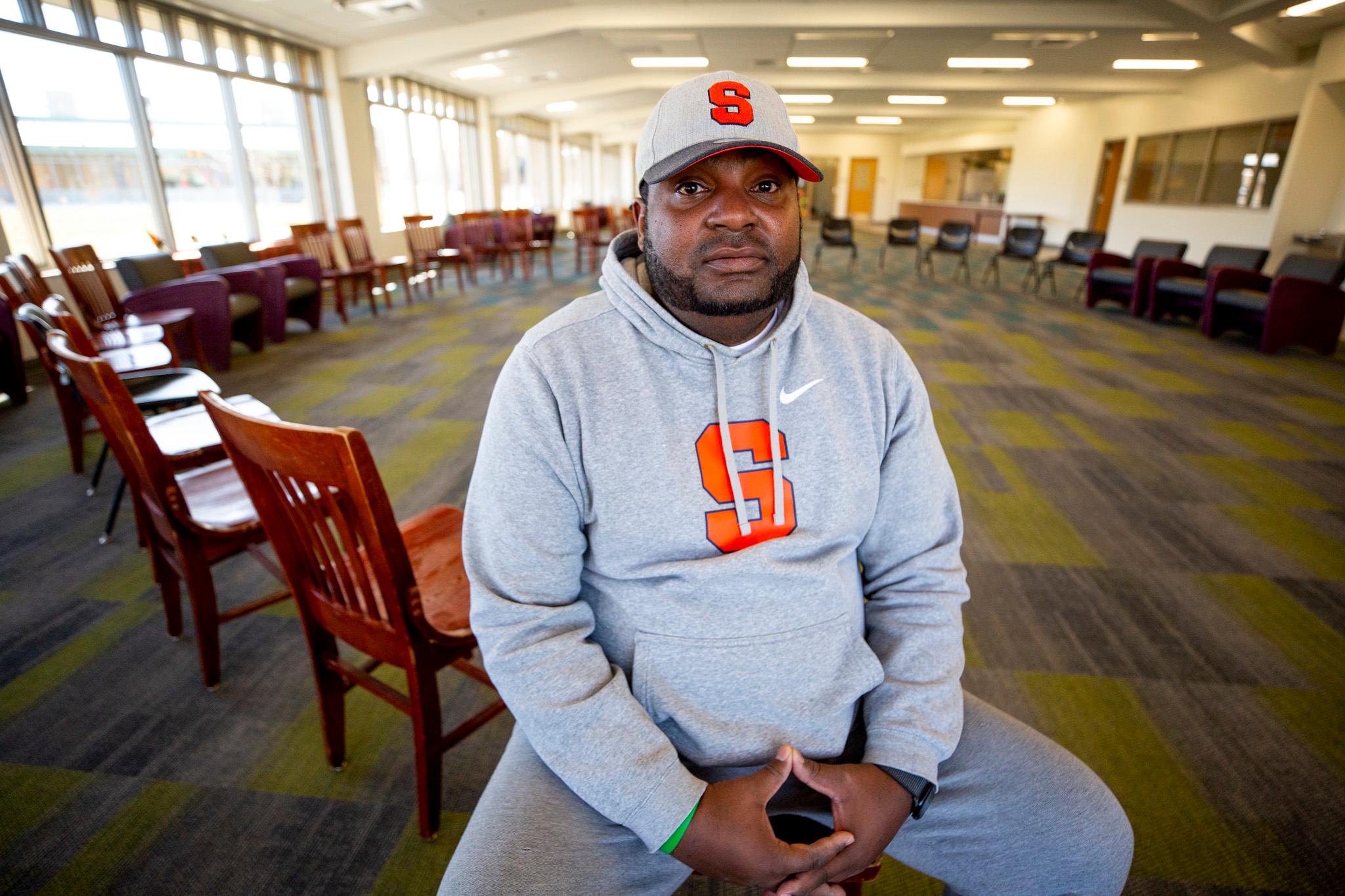
In 2010, Denver published a report that called for about $64 million of improvements for the 16th Street Mall -- and practically nothing has happened since then.
So, what gives, and what's next?
The unfinished plan:
In the late 2000s, Denver decided to take a long, hard look at the Mall. It found that 16th Street needed major work on its electrical system, its trees, its fountains and its furniture. The resulting plan also called for a more mall-like redesign of 16th Street near Union Station, where it turns back into a normal road.
In all, the concept would have cost an estimated $64 million -- and practically none of that has happened, except for some new lighting, according to John Desmond, executive vice president of the Downtown Denver Partnership.
So, when people say the 16th Street Mall is falling apart, they're not wrong. In particular, the granite pavers -- a fancy word for the individual tiles that make up the walkway and road for the shuttles -- are in bad shape. That's actually a huge part of the debate, which we'll get to later.
"The mall is 34 years old, and it had a design lifetime when it was implemented in 1982 of roughly 30 years," Desmond said.
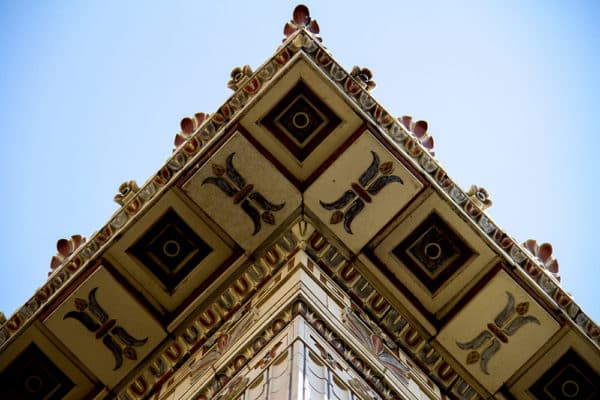
OK. What's the delay?
Money's an issue.
There hasn't been much federal funding available, which means most of the bill would fall to the city and to RTD, the transit organization.
The mall is more crowded than ever, with both people and buses.
"The original design of the mall was to carry probably 15,000 people per day, and you know what we’ve got on there now is four to five times that," said Rich von Luhrte, who played a huge role in shaping the mall when he was RTD's architect.
That has brought way more buses onto the street than was originally anticipated, which makes it feel less safe and comfortable for pedestrians, he said. He also says the increased traffic is part of why the mall's surface is in bad shape.
"There’s just so many buses on the mall that it ceases to become a pedestrian mall," he said. "People can’t access the middle section, and they can’t cross freely, and it starts acting more like a street than a mall."
(von Luhrte has been part of the Downtown Denver Partnership, but doesn't currently have a direct stake in the mall.)
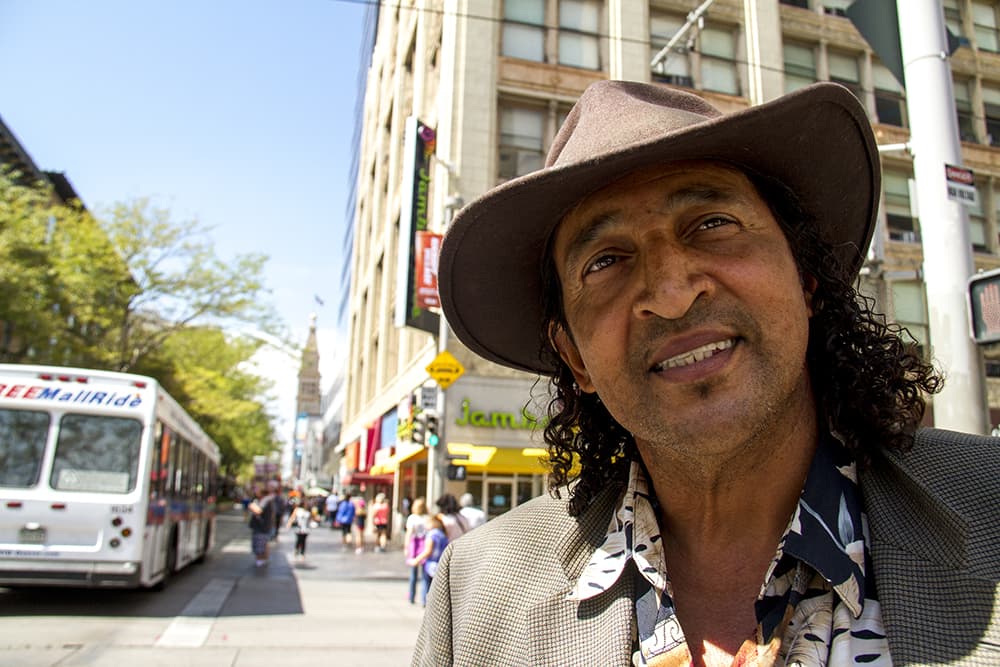
Also, there's the "activation" issue.
Here's how the city's office of Community Planning and Development puts it:
Unlike other great pedestrian streets around the world, the Mall lacks the “linger” factor. Although thousands pass through, only one percent of Mall users stop and spend time. That may be because, by comparison, the Mall is more utilitarian, compartmentalized, longer, narrower and has fewer public spaces than other successful pedestrian streets.
In response, the city has started another planning process, this one with a company called Gehl Studio. While the 2010 plan focused on the physical space, this new effort is all about getting people to "activate" the mall.
As part of this new plan, the Downtown Denver Partnership and the Downtown Denver Business Improvement District hosted several "Meet in the Street," events over this summer, complete with giant beer pong games (except without beer) and avant-garde art installations. The city is tracking how people responded to those events and how they use the street normally, both by observing and counting people and by doing interviews.
No results available yet -- and so, no formal plans.
"We wouldn’t want to put something into place that’s a permanent change without going through this people oriented process," said Andrea Burns, spokeswoman for the planning department.
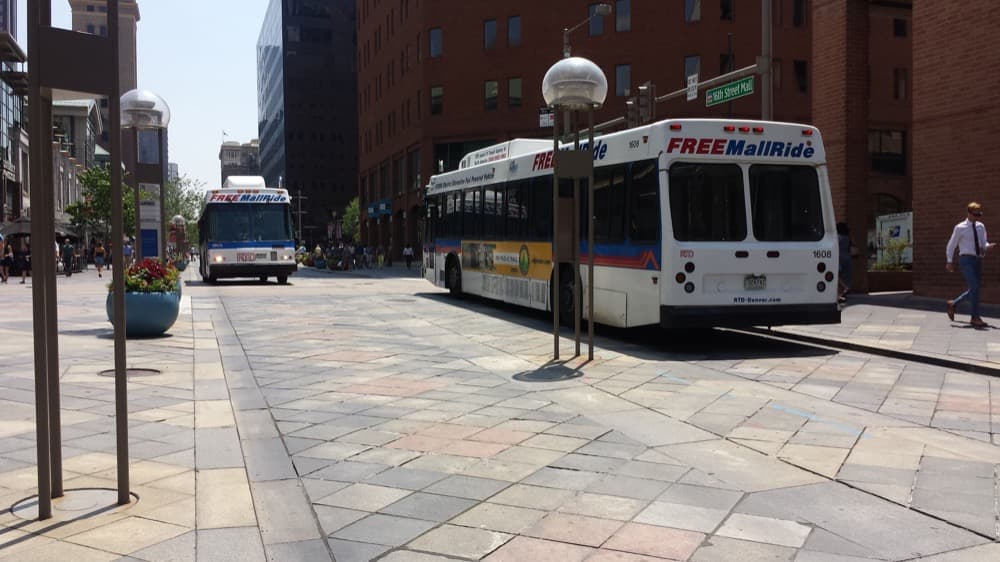
Finally, there's the most contentious topic: Granite pavers.
One of the central parts of the original mall is its intricate system of granite pavers, which form a pattern like a rattlesnake's scales. RTD says it's too expensive to maintain the bus lanes with these pavers, and so it wants to replace them with concrete.
This has really upset preservationists, and some of the mall's original planners, including von Luhrte.
"If we let RTD pave the mall in concrete, the mall’s history is done, it’s through," he said. He acknowledged that repairing the granite would be a lot more expensive than installing concrete, but maintains that granite could work if done right.
"It’s about rehabilitating the mall in total, and that rehabilitation's gotta happen no matter what because the mall needs work, no doubt about it," he said.
An RTD advisory group is considering the matter now. It probably won't reach the RTD Board of Directors for a couple months or longer, according to Nate Currey, a spokesman for the transit group. As far as he knew, the RTD board has the final say.
It currently costs about $1 million a year to maintain the pavers, he said, and they cause some complaints about tripping hazards.
Happening now:
To be fair, there has been a bit of change on the mall lately. Here's what is happening:
New buses. RTD will be replacing the noisy white mall shuttles with red-and-blue electric buses over the next few months. This will finally fulfill the all-electric goal of the 1970s plan for 16th Street.
New lights. The city of Denver is installing 187 new street lights along the strip. Their LED bulbs are supposed to be brighter, more even and more pleasant.
The possibilities:
We've heard a number of ideas in the last week for a major redesign of the mall. While it may turn out to be a simple rehabilitation job, the popular options include:
- Taking one of the bus lanes off the mall. In that case, shuttles would run only one way on the mall, while returning on 15th Street or another road.
- Drawing the bus lanes into the middle of the mall. This would create bigger sidewalks, potentially allowing for more pedestrian activity, but it also could make it more intimidating to cross from one side to the other.
Correction: This article was updated Sept. 7 to reflect that the Downtown Denver Partnership and the Downtown Denver Business Improvement District hosed the Meet in the Street events. We previously said "the city," but the city of Denver was only a partner on the project.

